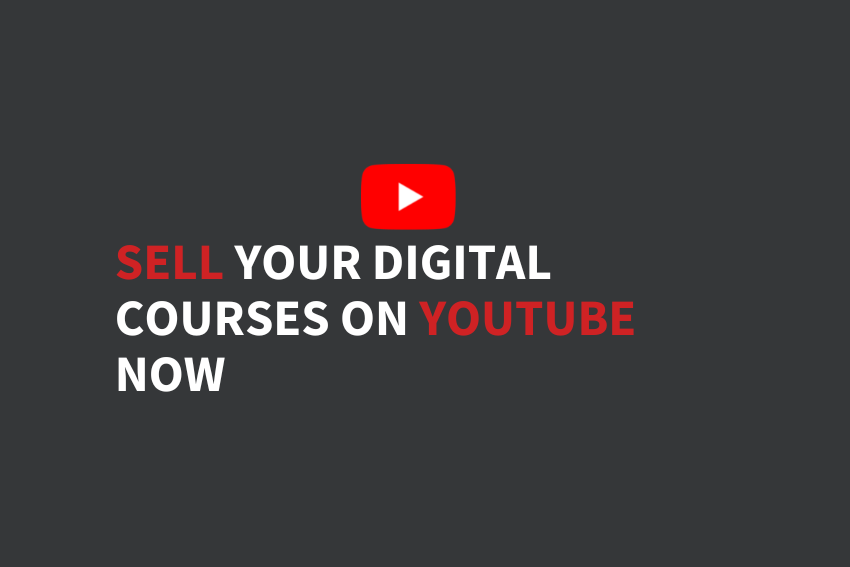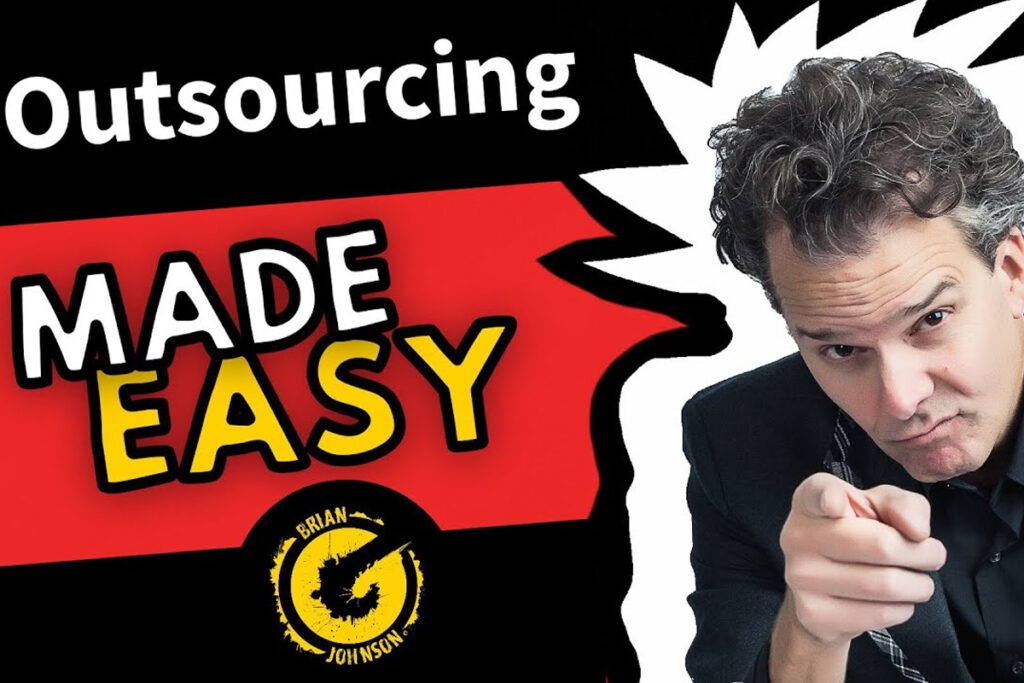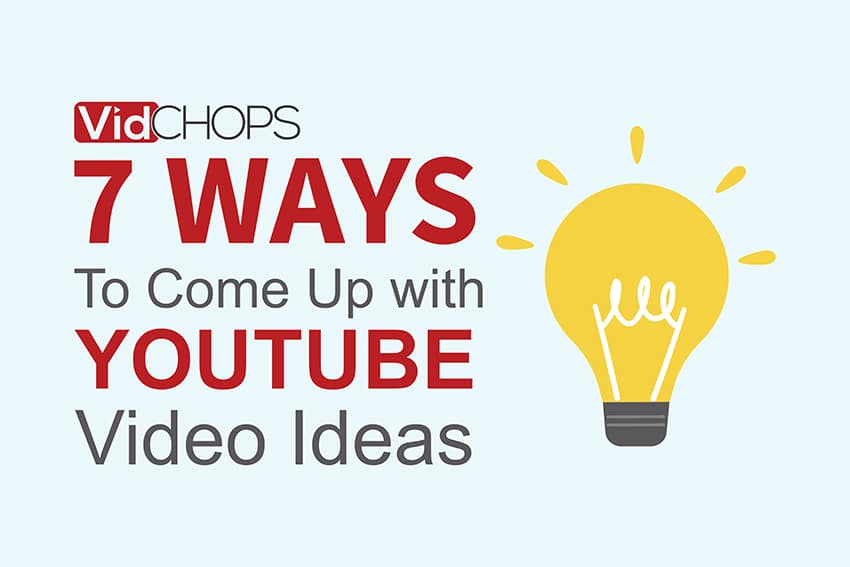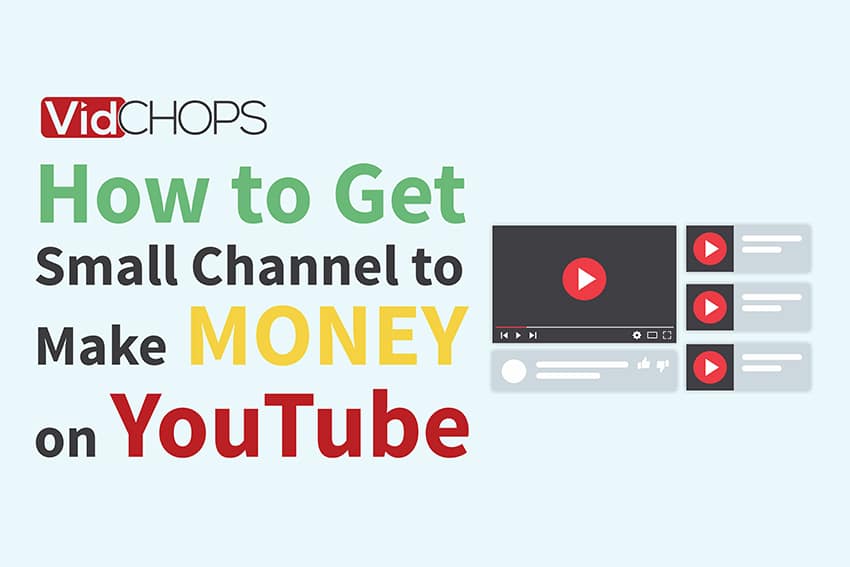How Top Video Creators Turn Simple Views Into 7-Figure Businesses
We break it all down on The Video Creatr Show, click the link below.
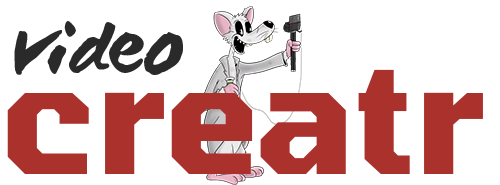
Online courses are becoming one of the most popular online products. The best part? Anyone can make them.
However, there are a few issues when it comes to selling, including:
- Users not able to find content
- Users not trusting you enough to buy content
- Users not willing to pay for content
All of these equate to no content getting sold, so you’re left with valuable course material that no one is actually looking at.
If that’s not frustrating, we don’t know what is.
However, a huge audience booster is right in front of you: YouTube.
YouTube is the second most popular search engine in the world right behind Google. 300 hours of content are uploaded to the site each second.
Now, we know what you’re thinking, “I’m trying to sell content, not put it up for free. Why would I put it on YouTube?”
We’re not suggesting you put everything for free on YouTube. Instead, we want you to use it as a marketing tool to get people to buy your products and learn who you are. Here’s what you need to do to start selling your content on YouTube:
Upload Your Best Content
The biggest thing we see when people are looking to sell their courses is thinking that they should save the best for their paying customers and use their lesser entries to a role in sales.
Guess what.
This strategy fails. Every. Single. Time.
Your best content is your selling point. Holding it in because you want that to go to someone who gives you money isn’t going to get people invested. Instead, it’s going to make potential customers think the rest of your content is poor.
Now, this doesn’t mean giving your paying customers low-quality content. You don’t want people to think they’ve been scammed. You want everything to be
Instead, look to upload a few videos that you think are the most valuable for everyone. Yes, you’re going to get a lot of views from people who aren’t willing to make a purchase, but you are going to reel in those people who will make a purchase as well.
Host on Your Site
So many people put their content on YouTube thinking it’ll be great because they don’t need to worry about hosting. Unfortunately, your course buyers might not all be honest. When you share a private YouTube list, you are putting faith in your course buyers that they won’t share it.
Luckily, most won’t. But what about the person whose best friend, sibling, parent, or child wants to take the course too? That’s when people are more likely to share.
Instead, take the time to post your course on your site with a members only section. This will allow you to create a course that only people who’ve paid can access. It can also allow you to create your own engagement areas for your course buyers, including forums, chats, and comment sections.
Create a Sales Funnel
When you put your course on YouTube, you need to have a sales funnel in mind. Most people will look something like this:
- Watch a video
- Subscribe to the channel
- Buy the course
Obviously, the number of participants gets smaller with each step, but this methodology does allow you to get people interested in and eventually buy your course.
You will need to create targeted content for each step, including using SEO and CTAs to get people from one-time viewers to buyers in little to no time at all.
Create Mini Courses
One of the biggest marketing tools we’ve found for people who want to push their online courses to the next level is by offering mini-courses on their YouTube channel.
Mini courses will cover one specific topic. For example, if you educate about candy making, your mini course might be something like how to make truffles and their fillings.
These mini courses will allow you to create content that people will want to watch while inspiring them to take the plunge and purchase your course material.
Use Call to Actions
Call to Action is one of the most common links you will see on the internet. In fact, we’ve included one at the end of this article.
A call to action is a quick reminder of who you are and what you can offer people. You might offer them a method to contact you, learn more about your offerings or see who you’ve worked with in the past. The possibilities truly are endless.
Use a call to action on everything you post. This gives viewers an easy way to connect with you and (possibly) complete a purchase. At the very least, it ideally gets them to view your content. If they keep visiting, they’re more likely to purchase your content.
Advertise on Social Media
Look, if you’re on YouTube, you’re not going to do yourself any favors by ignoring other social media platforms.
You need to make sure that your content is on all of your social media accounts and that you’re regularly updating your followers on your courses.
This is where VidChops can come in and help you. By creating short-form content—like Instagram Reels, YouTube Shorts, and TikTok videos—we can hook people onto your course. If you want to create course videos or long form content, we got you covered there as well. For a small monthly fee, we will edit all your videos.
The best part? This short form content can be its own course, allowing you to create mini course entries that educate people while entertaining them as well. From dance tutorials to cooking videos to best business practices, you’d be shocked at what you can teach people in a 60-second video, and we can help make content your followers love.
Utilize SEO
Anyone worth their salt knows what SEO is, but if you’re new to the game, it simply means Search Engine Optimization.
Think of search engines as spiders. They crawl through the internet making intricate webs. However, they don’t necessarily know where to put down each point for their web.
SEO helps them realize where to place a point by using words, phrases, links, and pictures on a page. As the crawler discovers more usable content, it will put down multiple points on the page. The more points a page has, the higher up it appears in search results.
Now, this doesn’t mean putting EVERYTHING on a page. This process is known as keyword stuffing, and crawlers will mark a page as spam if they see too much of it. Instead, use some common phrases and words throughout an article, link to at least one other page and add plenty of photos so you can appear higher up in search results.
Be Consistent
One thing that’s bad with social media is the common mentality of becoming really gung-ho with it and then just not posting.
That’s the quickest way possible to lose followers and see your views nosedive.
Instead, remain consistent on your social media posts and regularly talk about your course. This continuously reminds people that you have a course available for when they’re ready to make a purchase.
You would be shocked by how many times people need to see something before deciding to make a purchase with experts estimating the average person needs to see something at least seven times before making a purchase.
Brand Yourself
No one is going to want to make a purchase from you if they don’t see consistency in branding. We hate to say it, but it looks really unprofessional to have low-quality videos and pictures on your page.
Instead, make sure that you produce high-quality videos, graphics and written content that matches your brand style. This means the same color, font and voice on all your content.
Your goal is for people to look at your content and realize right away that it comes from you. The only way to do this is to brand yourself. The easiest way to do this is with a style guide so all your people will be on the same page (and you’ll never lose a color code again).
Become an Expert
You created a course so you must be an expert, right?
Of course, you are! And you’re the only person that knows that.
Make sure you establish yourself as an expert in your field by regularly posting content, answering follower questions and creating high-quality posts that people will find valuable. This doesn’t mean you need to slave away—you’ve likely done that on your course—but you should be sharing information that people are interested in so they know they can trust your content.
Build a Community
It can be really tempting to create all of your content and just wait for people to come in.
You’re losing sales if you do that.
Instead, you need to build a community around yourself and your brand.
Talk to followers. Look what they want to know about. Answer their questions and create content they want to watch that answers their questions.
By creating content that people are interested in and interacting with them, you can easily build a community that’s invested in your content and willing to buy what you’re offering.
Monetize Yourself
When you put your courses on YouTube, you’re not strictly looking to monetize by selling your courses on your site.
You should also be looking to monetize your YouTube content.
From sponsors to AdSense, monetizing on YouTube can create a whole new revenue source for your company that you will be able to pull from for years to come. You won’t need to worry about creating a ton of brand new content for this either. Instead, use old course materials, the best of what you currently have and mini course videos.
Price Your Course to Sell
We see two things that happen when people set price courses.
1. They price the course for next to nothing
2. They price the course so exorbitantly high that no one buys it
Here’s the problem with these strategies.
If you price your course too low, you’re going to get a lot of purchases, make a fraction of what you could and get the people you want to reach disinterested due to the low price possibly meaning a lack of quality.
High prices are fine if you are offering some sort of certification, but you’re not likely going to get people willing to spend several thousand dollars for social media tips.
Instead, think about what you would honestly pay for your courses if you were just starting out. Most likely, it’s going to be somewhere between $20-$500, depending on the content (a $20 course would be for less than an hour of content while $500 should be for several hours).
Get Testimonials
If you already have a ton of people who have purchased your course, GREAT! Now, reach out to them and get some testimonials. Testimonials allow people to see results from those who were in their position at one time. They’re also more likely to listen to them as they don’t feel like they’re being sold to.
Post a Trailer
We’ll make this one short but look at making a trailer video on YouTube showing testimonials and giving highlights from your course. Remember that you want to hook people into your course, so take the time to really upsell what you’re offering.
Branching out to YouTube to sell your course is an excellent idea to get people invested in what you’re offering. From creating trailer videos to building an active community, YouTube is an excellent option for those who want to sell their course to as many people as possible. Now, you just need the videos. To create the best videos for both YouTube and your course, you can spend hundreds of hours learning equipment, or you can utilize Vidchops. Vidchops edits your videos into any format you need, creating content you and your followers will love. Learn more here.
